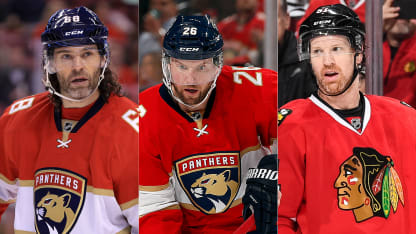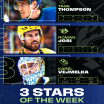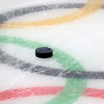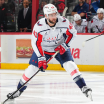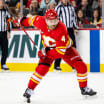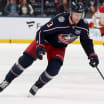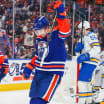Jagr, 45, can be described as a free agent with a high upside and a significant downside risk.
At his best, Jagr could lead the NHL in even-strength scoring rate, as he did with the Florida Panthers in 2015-16, with 2.70 points per 60 minutes, according to Hockey Analysis. That season, he set the record as the oldest player to lead an NHL team in scoring, with 66 points (27 goals, 39 assists) in 79 games.
Last season with Florida, Jagr's scoring rate was 1.75 points per 60 minutes, and he had 46 points (16 goals, 30 assists) in 82 games, a drop of 21 points. It is impossible to predict if this trend will continue, because two players have competed in the NHL past age 44 (Gordie Howe and Chris Chelios).
Though Jagr may be able to play at a top-six level, it is safer to expect him to reach 40 points on a secondary scoring line. Anything above that would be another age-defying bonus.
